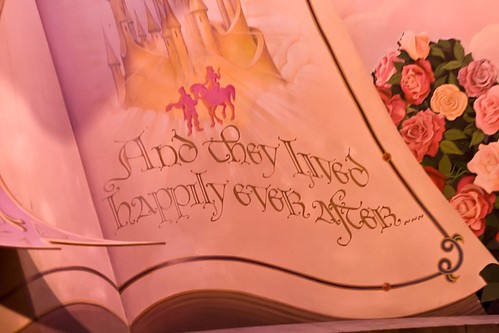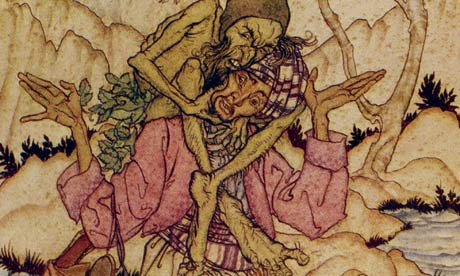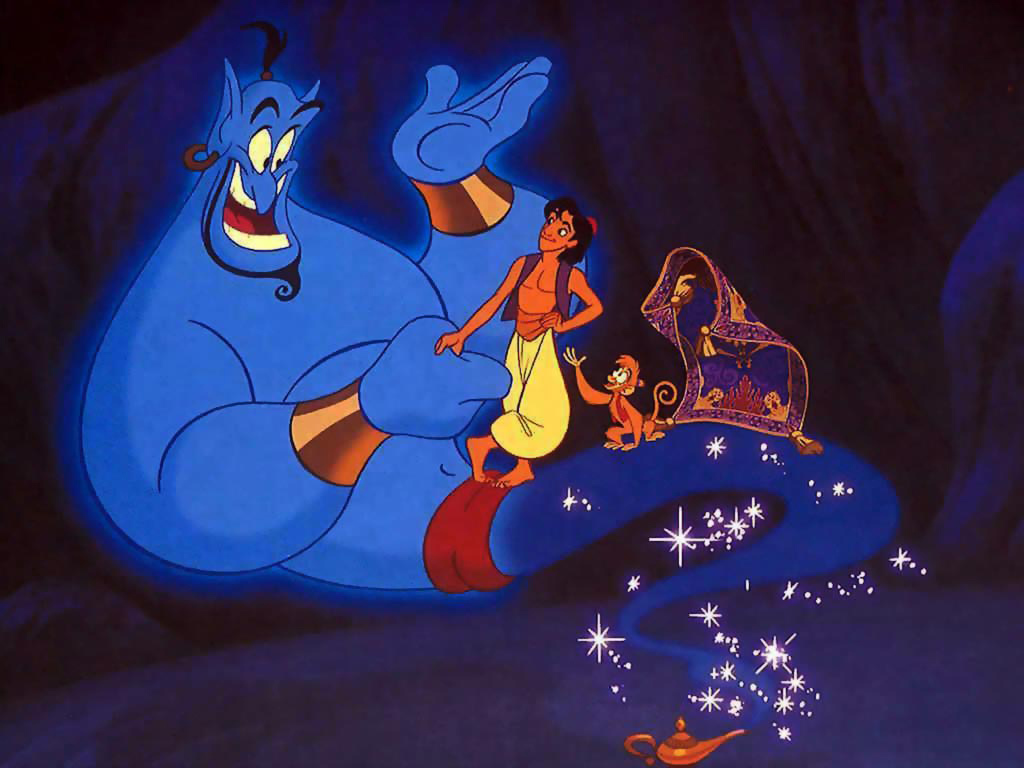I tackled the
issue of the moral in Bluebeard back in the early days of this blog, in 2010. Though authors have excused Perrault for blaming a serial killing husband's actions on the curiosity of his wife and not himself, saying he was probably being tongue-in-cheek, after further reading I've come to wonder if, no, some cultures that have interpreted this tale really were that blind to their own gender prejudice.
Though Perrault may have intended irony in his moral, the people who read and redistributed his tale seem to have taken it seriously. Many chapbook versions that were circulated among those who couldn't afford full priced books continued to condemn the wife. Like this from 1808-"Inquisitive tempers/To mischeif may lead/But placid Obedience/Will always succeed." 1900-"She never forgot, that to her own indiscreet and foolish curiosity, she owed the terrible trial through which she had passed." 1817-"She never forgot that she should keep her promise, obey those who were entitled to her submission; and restrain her curiosity within moderate bounds."

This excerpt from John M'Culloch's version in 1797 surprisingly admonishes both genders-"The curiosity of Blue Beard's wife had well nigh cost her her head; and this disposition will bring all of all sexes, who indulge it beyond the bound of prudence, into difficulties they can hardly escape from. Yet the reader is desired to take notice that there are two species of this turn of mind: the one commendable, when it leads to knowledge; the other blameable, when it only serves to gratify an idle inquisitiveness."
It seems so obvious that killing wives is so far beyond the crime of invading your spouse's privacy that the latter doesn't even deserve to be condemned. I'm not supporting snooping around your husband's email accounts or whatever the modern equivalent is, but I would be highly suspicious of anyone who had a whole room in the house his wife wasn't allowed to enter. Curiosity is so encouraged in our culture, and the above quote is unique in that it even admits a positive aspect of curiosity.

Yet there seems to be double standards, for the same stories that condemn the wife also call Bluebeard's actions cruel and evil. A chapbook from 1852 describes Bluebeard's servants saying that "his punishment was not adequate to what he deserved." A story from 1860 has his conscience awakened right before his death, and "the image of every unhappy being whom he had destroyed, appeared to his imagination, and embittered the misery he now endured." Also, Bluebeard's wife is frequently depicted as going on to generously give away much of the money she inherited from Bluebeard's death to the poor and going on to live a happy life, and her brothers who kill Bluebeard are lauded as heroes. So she is painted in a positive light and clearly on some level we are rooting for her. The elements of the story itself seem to indicate she is the hero-it is only the insertions of the authors that unnaturally try to moralize her actions.
But the intentions of the author is only one link in the chain of what surrounds the history and meaning of a tale. Also important are the reactions of the readers and listeners and how they interpret what they hear. The other day I was spending time with my friend
Christy (a young woman with Down Syndrome, who is basically the reason I got into the field of special education), and we were acting out scenes from her favorite Disney Princess movies-and it struck me that in each one, the scene she chose to act out was the scene of the main character's temptation-Snow White and the Apple, Sleeping Beauty and the spindle, Belle in the West Wing (that last one is significant because Disney ADDED that into the tale, despite being in an era where it was trying to be more gender-conscious). We could also include scenes like Cinderella at the ball and, of course, Bleabeard's wife with the key as examples of females that face temptation in the most important part of the fairy tale.

We can get all up in arms because so often this curiositsy is attacked in the moral of the tale, but the fact is, Christy was simply acting out her favorite parts-she was not conscious of the pattern or how adamantly female curiosity was attacked in past versions. Maybe these tales have remained so popular not because of their admonitions, but because we
enjoy the fact that the main characters give in to temptation. On one level it simply serves to heighten the plot and introduce conflict, but especially in an era where women's rights were so suppressed, they enjoyed the idea of the female breaking the stereotype. And in each example, although some storytellers have inserted narration to condemn the curiosity, in each case the heroine ends up being rewarded anyway. I think audiences have secretly (or not so secretly) been rooting for the curious, even downright disobedient fairy tale princess for a long time...
Speaking of Christy, she just turned 16 recently. She is probably the only person I know as passionate about fairy tales as I am (her reaction to seeing a mirror on the wall of my room was to go up to it and say, "Mirror, mirror, on the wall, who is the fairest of them all?") and I absolutely knew I had to get her something Sleeping Beauty for her birthday, so I collaged this journal for her:
I was pretty proud of it...
*Bluebeard illustrations by W. Heath Robinson
*Information taken from Casie E. Hermansson's
Bluebeard: A Reader's Guide to the English Tradition































